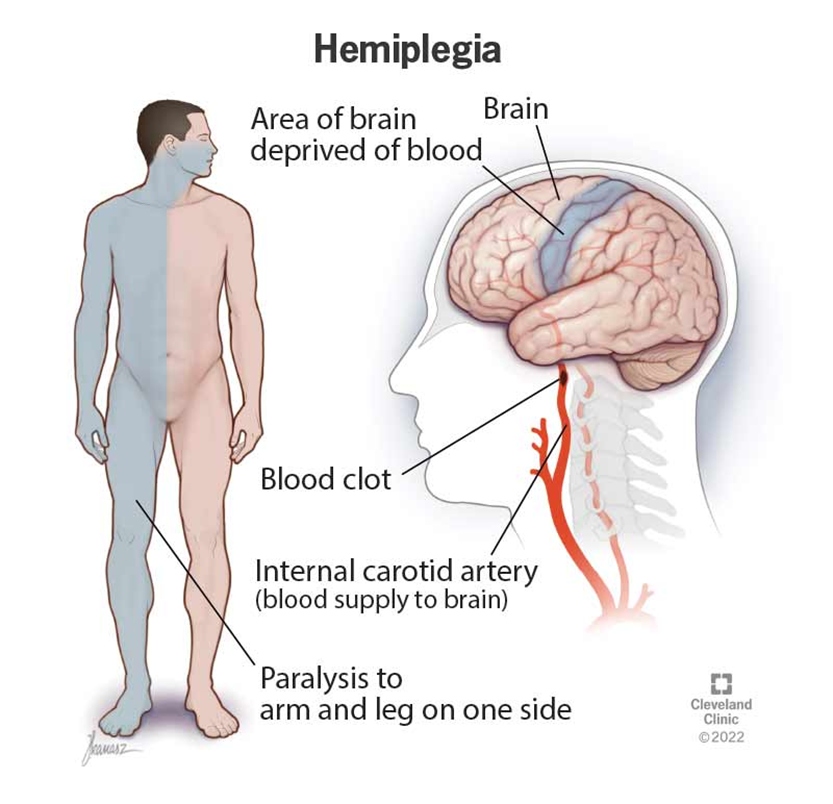The nurse is caring for a boy with probable intussusception. While waiting for a radiologist-guided pneumonia to visualize and correct the intussusception, the child passes a currant jelly-like stool.
Which nursing action is the most appropriate?
Measure the abdominal girth.
Notify the practitioner as this is not a typical finding.
Document as an expected finding and plan to move forward with the procedure.
Auscultate for bowel sounds.
The Correct Answer is C
Choice A reason:
Measuring the abdominal girth is a useful assessment tool in cases of suspected abdominal distension or fluid accumulation. However, in the context of intussusception, the passage of a currant jelly-like stool is a more critical indicator of the condition. While measuring abdominal girth can provide additional information, it is not the most appropriate immediate action in this scenario.
Choice B reason:
Notifying the practitioner as this is not a typical finding is incorrect because the passage of currant jelly-like stool is a classic symptom of intussusception. This stool appearance results from a mixture of mucus and blood due to the telescoping of the intestine, which compromises blood flow and causes ischemia. Therefore, this finding should be documented as expected rather than considered atypical.
Choice C reason:
Documenting the passage of currant jelly-like stool as an expected finding and planning to move forward with the procedure is the most appropriate action. This stool appearance is a hallmark sign of intussusception, indicating that the condition is present and needs to be addressed promptly. The radiologist-guided pneumoenema is a diagnostic and therapeutic procedure that can help resolve the intussusception by using air pressure to unfold the telescoped segment of the intestine. Therefore, documenting this finding and proceeding with the planned intervention is crucial.

Choice D reason:
Auscultating for bowel sounds is a standard nursing assessment technique to evaluate gastrointestinal function. However, in the context of intussusception, the passage of currant jelly-like stool is a more definitive indicator of the condition. While auscultating for bowel sounds can provide additional information about bowel activity, it is not the most appropriate immediate action in this scenario.
Nursing Test Bank
Naxlex Comprehensive Predictor Exams
Related Questions
Correct Answer is C
Explanation
The correct answer is c. “My toes feel like they are sleeping and won’t wiggle when I tell them to.”
Choice A reason:
“Watch how well I blow these bubbles” is not a concerning statement. It indicates that the child is engaging in normal activities and is not experiencing any distress related to the cast or the injury.
Choice B Reason:
“My skin is so itchy under there” is a common complaint among children with casts. Itchiness can be managed with appropriate care, such as using a hair dryer on a cool setting to blow air under the cast. However, it is not an immediate cause for concern.
Choice C Reason:
“My toes feel like they are sleeping and won’t wiggle when I tell them to” is a concerning statement. This could indicate nerve compression or impaired circulation, which are serious complications that require immediate medical attention. Prompt evaluation is necessary to prevent permanent damage.
Choice D Reason:
“I was able to ride on the scooter with the PT person’s help” is not a concerning statement. It suggests that the child is participating in physical therapy and is able to move with assistance, which is a positive sign of recovery.
Correct Answer is D
Explanation
Choice A reason:
Releasing traction every hour to perform skin care: Releasing traction every hour is not recommended as it can disrupt the alignment and healing process of the fractured femur. Skin care is important, but it should be performed without compromising the traction setup.
Choice B Reason:
Releasing traction once every 8 hours to check circulation: While checking circulation is crucial, releasing traction every 8 hours is not necessary and can interfere with the therapeutic benefits of traction. Circulation can be monitored without releasing the traction.
Choice C Reason:
Maintaining continuous traction until 1 hour before the scheduled surgery: Continuous traction is essential to maintain the alignment of the fractured femur. However, there is no need to release traction 1 hour before surgery unless specifically instructed by the surgical team.
Choice D Reason:
Maintaining continuous traction and checking the position of traction: This is the most appropriate action. Continuous traction ensures proper alignment and healing of the fractured femur. Regularly checking the position of traction helps prevent complications and ensures the effectiveness of the treatment.

Whether you are a student looking to ace your exams or a practicing nurse seeking to enhance your expertise , our nursing education contents will empower you with the confidence and competence to make a difference in the lives of patients and become a respected leader in the healthcare field.
Visit Naxlex, invest in your future and unlock endless possibilities with our unparalleled nursing education contents today
Report Wrong Answer on the Current Question
Do you disagree with the answer? If yes, what is your expected answer? Explain.
Kindly be descriptive with the issue you are facing.
